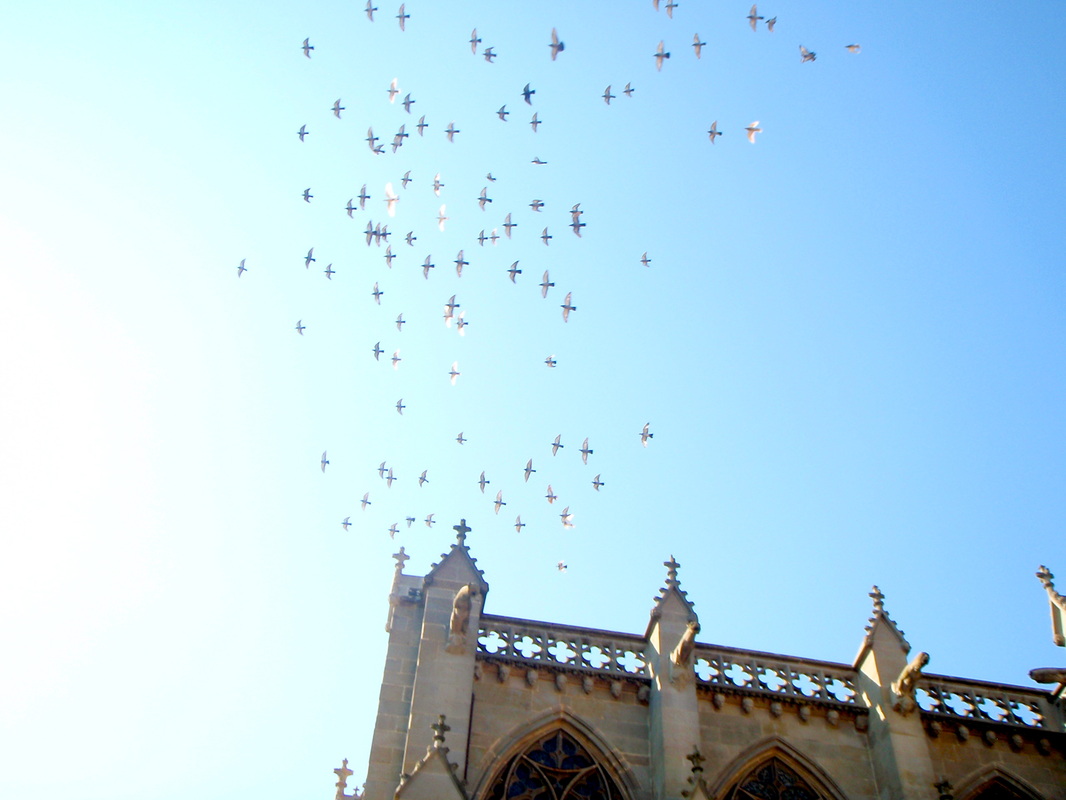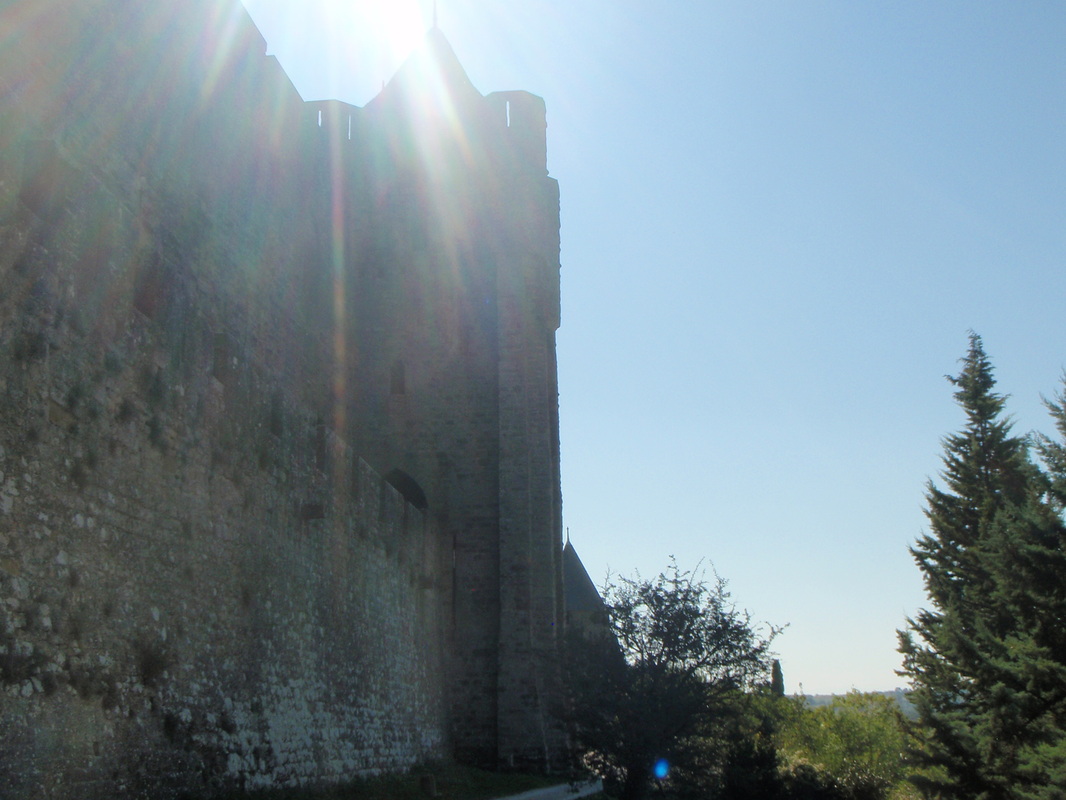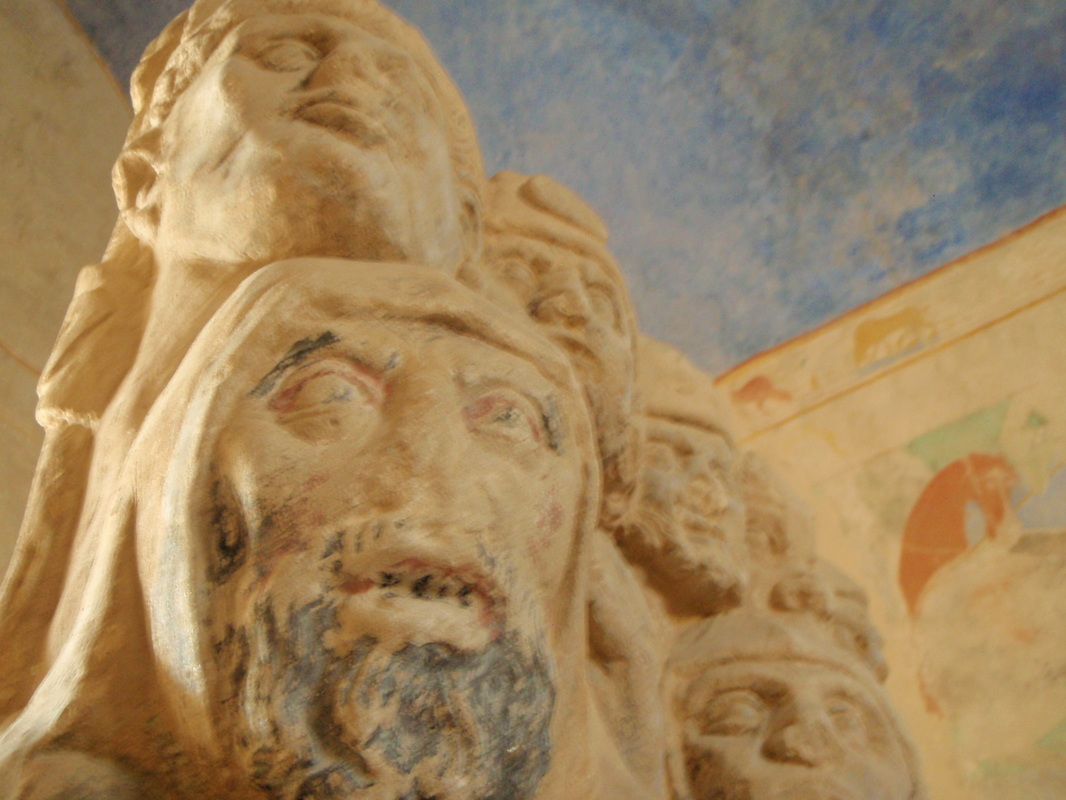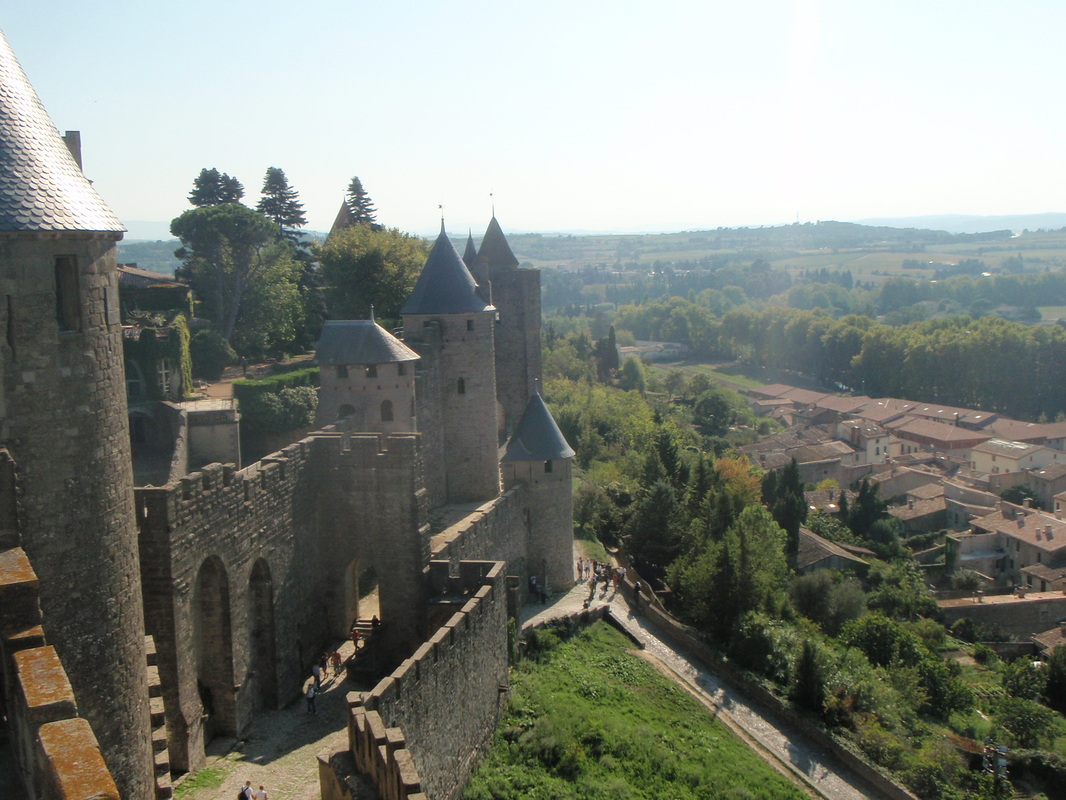Searching for ghosts






 You cross the drawbridge and enter the ramparts searching for ghosts. There should be many; Carcassonne has a sad and brutal history that spans 3000 years. But if they are in the cité today, the ghosts are silent. You are in southern France, not far from Toulouse. There have been Celts living here, then Romans, who built the northern rampart of the cité you are exploring today. Under the basement of the medieval Count's Castle, Roman mosaics and sculptures still glow from the walls.
You cross the drawbridge and enter the ramparts searching for ghosts. There should be many; Carcassonne has a sad and brutal history that spans 3000 years. But if they are in the cité today, the ghosts are silent. You are in southern France, not far from Toulouse. There have been Celts living here, then Romans, who built the northern rampart of the cité you are exploring today. Under the basement of the medieval Count's Castle, Roman mosaics and sculptures still glow from the walls.
But century upon century of bombardments, murders and changes-of-hand followed for Carcassonne, from the Visigoths to the Saracens.
At the dawn of the 13th century, Carcassonne enjoyed a brief period of peace and religious tolerance. Catholics and Cathars shared neighbourhoods and even homes, and the Jewish community was not far away. But in 1209 the city fell to a wave of Crusaders, and then the horror truly began.
The Cathars believed in living lives of humility and poverty. They saw God as the creator of eternity and spirituality, while material life and even time itself were creations of evil. By most accounts, they were a peaceful people. By contrast, the religious wars declared upon them were brutal.
Carcassonne as you wander through it today belies its history. Filled with sunshine and shops and cobblestones and tourists and pointed blue turrets, it appears more Disney than Dracula.
Yet throughout its 3000 year history, this picture-perfect cité seems to have suffered under a violent curse. Turbulence continued throughout the ages. Even as recently as 1944 when Carcassonne was delivered by the Allies, many people were killed around the train station.
It is such a beautiful place, overlooking a medieval town and a wilderness beyond. You whisper a prayer that this windswept, hilltop castle and the ghosts that haunt its stone walls may now enter peace at last.